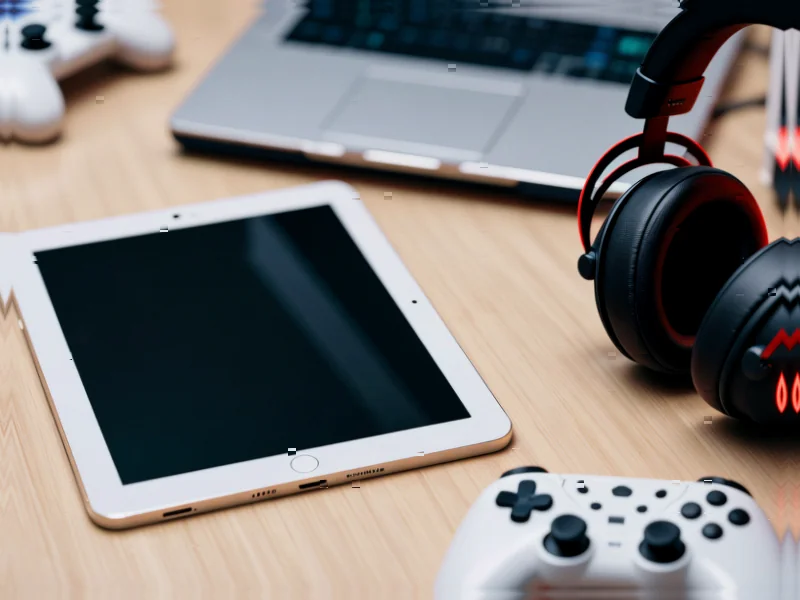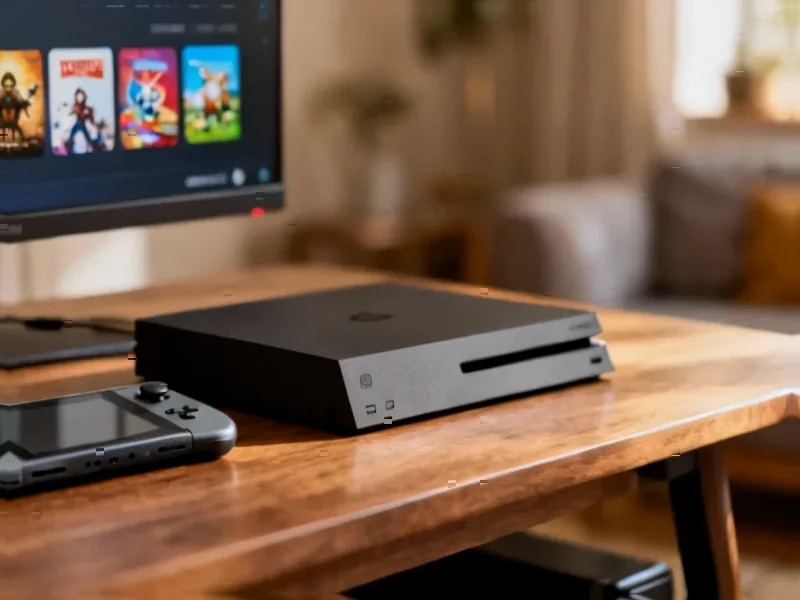According to PCWorld, Microsoft is officially expanding testing of its Xbox Fullscreen Experience (FSE) interface to MSI’s handheld gaming devices, less than a month after the feature debuted exclusively on the Asus ROG Ally. The interface is currently rolling out to MSI Claw models for Windows Insider Program members on the Dev or Beta Channel for Windows 11 build KB5067115, requiring users to manually enable it through Settings. Supported devices potentially include the original Claw A1M, newer Claw 8 AI with Lunar Lake processors, and Claw A8 variants with AMD Ryzen Z2 processors. Microsoft indicates that other manufacturers will have the option to enable FSE “in the coming months,” suggesting ongoing negotiations with hardware partners. This rapid expansion beyond the exclusive Asus partnership reveals Microsoft’s urgency in the handheld space.
The End of Platform Exclusivity
Microsoft’s decision to bring the Xbox interface to competing hardware so quickly represents a fundamental strategic pivot. Historically, Microsoft has tightly controlled its gaming ecosystem, keeping Xbox features exclusive to its own hardware or carefully curated partners. The rapid expansion to MSI—and the promise of more partners soon—signals that Microsoft now views Windows handheld gaming as a platform war it cannot afford to lose. With Valve’s Steam Deck establishing a dominant position and multiple manufacturers entering the space, Microsoft appears to be adopting a “Windows everywhere” strategy rather than trying to create another exclusive hardware ecosystem. This mirrors their broader software strategy but represents a significant departure from their traditional console business model.
The Developer Opportunity and Challenge
For game developers, this expansion creates both opportunities and complications. A standardized Xbox interface across multiple handheld devices could simplify development and optimization, much like developing for Xbox consoles versus the fragmented PC landscape. However, it also adds another layer of compatibility testing and potential certification requirements. The bigger picture suggests Microsoft is attempting to create a unified handheld gaming standard that could eventually rival SteamOS’s influence. If successful, this could lead to more games being optimized for handheld play out of the box, benefiting consumers across all hardware platforms. The Windows Insider Program approach allows Microsoft to gather crucial feedback before potentially making FSE a standard Windows feature.
Handheld Market Acceleration
This move will likely accelerate the already rapid evolution of the Windows handheld market. With multiple manufacturers gaining access to Microsoft’s optimized interface, we can expect increased competition on hardware features and pricing rather than software differentiation. This could push innovation in areas like battery life, cooling solutions, and display technology as companies seek other ways to stand out. The timing is particularly significant given the recent announcements around Intel’s Lunar Lake architecture and AMD’s continuing advancements in mobile processors. Microsoft’s software standardization combined with hardware innovation from multiple chipmakers creates ideal conditions for rapid market growth through 2025.
The Real Battleground: Cloud Gaming
Looking beyond local gameplay, Microsoft’s handheld strategy appears increasingly focused on positioning these devices as ideal cloud gaming endpoints. A standardized Xbox interface across multiple hardware platforms creates a consistent experience for Xbox Cloud Gaming subscribers, potentially driving subscription growth without requiring Microsoft to manufacture hardware itself. This aligns with their broader gaming revenue shift toward services and subscriptions. The interface’s optimization for handheld use—large touch targets, simplified navigation—makes cloud gaming more accessible than traditional Windows desktop interfaces. As 5G and future wireless technologies improve, Microsoft could be building the foundation for a cloud-first gaming future where the local hardware matters less than the service experience.
Redefining the Competitive Landscape
The implications for competitors are substantial. Valve’s Steam Deck benefits from deep Steam integration and optimization, but now faces Microsoft bringing its entire ecosystem to multiple hardware partners. For companies like Lenovo, whose Legion Go would be a natural candidate for FSE, this provides an opportunity to compete on hardware while leveraging Microsoft’s software expertise. The bigger question is whether this fragments the Windows handheld market or creates a unified alternative to SteamOS. Microsoft’s success will depend on how well they balance standardization with allowing hardware partners enough differentiation. The coming months will reveal whether this becomes the Windows standard for handheld gaming or remains an optional feature that varies by manufacturer.




